This piece was provided by CODO Design, a food and beverage branding firm. Join 5,500+ other beer industry pros who receive the Beer Branding Trends newsletter each month covering trends, currents and actionable advice from the front lines of beer branding.
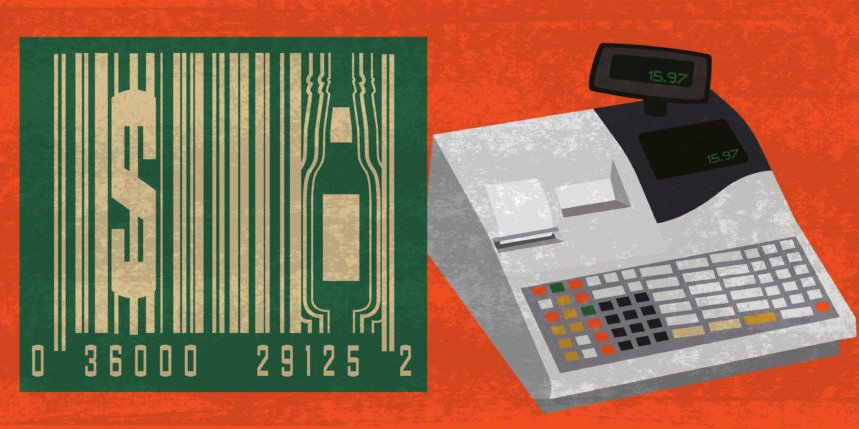
If I told you I had a 12-oz bottle of beer for sale for $500, would you think that’s expensive or a good deal? Without any other info, would you think that’s an outlandish price?
How about the packaging itself — the beautiful swoop of its neck, the subtle off white coloring of the label, the tasteful thickness of it — it even has a watermark. Does that make $500 easier to stomach? What if I told you it was 1 of 10 bottles available in the world? What if I told you it was 28% ABV? What if I told you it was a plain Jane domestic lager? How do these things shape your opinion of whether or not $500 is a fair price for this beer?
At its core, this is what design (branding, packaging, etc.) does in a CPG context — it communicates messages to shape value. It isn’t about gussying something up for the sake of it. It’s about encoding messages, informing, educating, inspiring and in this context, telling you exactly why something costs what it costs and getting you to buy that something.
Design is how you can come to think that $500 is a great price for 12 ounces of beer, when you can also buy a 6-pack of domestic lager for $5. We had the pleasure of sitting down with the Bump Williams Consulting team to discuss this subject (among many other valuable points).
Isaac (CODO): Hi, Bump. Please introduce yourself and Bump Williams Consulting.
Bump: President and CEO of BWC with 30+ years of beverage alcohol experience working alongside major brewers while at data and insights companies Nielsen and IRi. Due to his relationships with suppliers, distributors, and retailers, Bump uniquely understands their businesses and interactions between them, providing real-time direction and recommendations to BWC clients.
CODO: What are some of the ways you partner with breweries? How do you help them?
Bump: Whether a startup or well-established, we help to guide breweries in several different ways depending on their current needs. Our services range from Customized Analytics, National Account/Class of Trade Strategies, Shopper Insights, Sales Team Training … and anything in between. We have a lot more specifics listed out on our website, but I think what separates us is our client service and personal touch approach to the process. We get to know the business and try understand where the biggest needs exist today and develop a specific plan of action to address those needs.
CODO: I’ve heard you give a great breakdown of the craft beer industry by price level (e.g. premium super premium, apex craft). Can you recap that so our readers understand how you look at the industry?
Bump: The craft segment is extremely deep with well over 9,000 brewers and an exponentially higher count of brands and SKUs/packages, so we always try to find different ways to dissect or “bucket” this vast universe in order to better understand where growth is (or is not) coming from. For this specific pricing analysis you reference, we looked at the average case price to consumer across all craft brands that we are tracking in our data and classified them across four tiers:
- General Craft = <$40/Case
- Premium = $40 – $49.99/Case
- Super Premium = $50 – $59.99/Case
- Apex = $60+/Case
What we have seen in recent years is that although the majority of overall $ sales remain in that “general craft” price tier, there have been times where the incremental growth for craft is either solely or primarily being driven by those premium+ price tiers. These learnings indicate to us that consumers have been willing to climb the ladder and spend a bit more on the brands they trust, the brands they enjoy and the brands that they feel justify those higher price points.
It is important to stress here that ALL price tiers play a vital role in the health and wellness of the craft segment, but those healthy trends among higher price tiers would also indicate that price point is not always a deterrent when it comes to purchase behavior within craft and to avoid leaving money on the table when it comes to pricing your products appropriately.
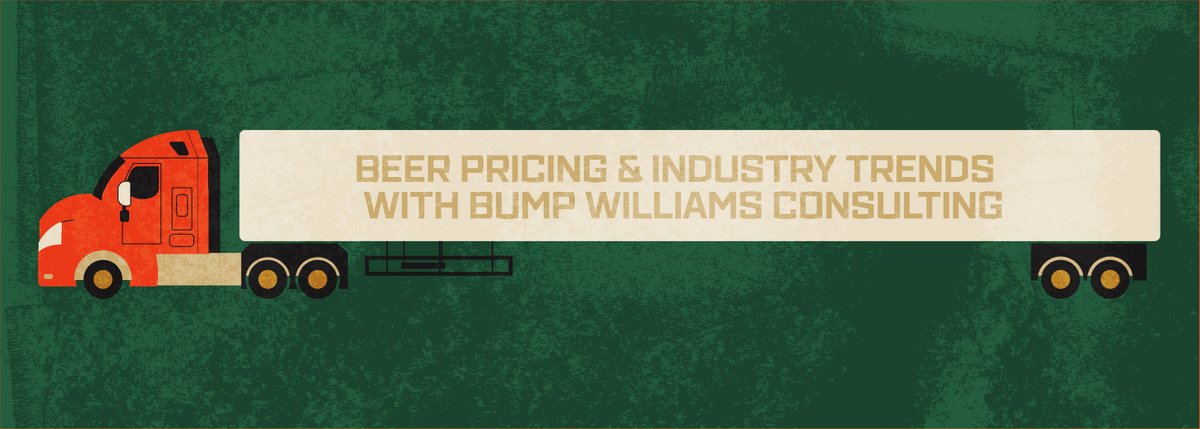
CODO: I’ve always been interested in how market pricing — I’m not sure what else to call it — can limit a brewery’s ability to raise the price of a flagship 6-pack. E.g. most other similar sized breweries and styles sell for 9.99 / 10.99 / 11.99 etc. per 6-pack in our region, so that’s what we have to charge. Two questions.
1. Setting aside COGs, is there a psychological (behavioral economics) element to this? Is there a magic price point for a specific style that you can’t breach?
Bump: In any market you want to have an awareness of the pricing landscape for like-style, similar-format competition since that is who you will be sitting side by side against on the shelf. Taking it one step further too, we would also want to look at exactly who are the top sellers, who are the top growth brands and how do sales, share and trends shake out across that specific competitive set. These types of analyses would give you an idea of any soft ceiling that might exist in the market and where price sensitivity starts to dial up.
Another thing to consider is that these price ranges can, and often will, vary depending on the style. Higher ABVs, special releases, imperial stouts and Belgian ales for example can fall on the higher end of the spectrum vs. other options on the shelf.
At the end of the day however, a lot of pricing decisions are ultimately influenced by:
- What will keep the brand profitable for the brewer?
- What will keep the product competitive on the shelf?
CODO: And 2. Setting aside the (completely subjective) conversation about what constitutes “good” package design — how much does branding and marketing help a brewery increase retail price? Ballast Point, for instance, famously charged $16+ for a 6-pack of Sculpin for years.
Bump: This goes back to one of the statements we made above in that a craft shopper might be less sensitive to the sticker price as long as they perceive the product to justify the cost, and often times a lot of this perception is tied to quality as well as reputation, both of which can be tied in some form to the branding and marketing. Developing a “branded story” that effectively communicates the origin, the values and the points of differentiation that your brewery is built on and that the consumers can immediately recognize at retail can go a long way.
A well-developed and authentic “branded story” has the ability to drive awareness and trial while also directly connecting to the quality and reputation of the brewery, which is what ultimately “justifies” a premium+ price point in the eyes of the consumer.
Read the rest of this post over on CODO’s site: https://cododesign.com/bump-williams-consulting/
Join CODO’s Beer Branding Trends newsletter for monthly field notes covering trends, currents and actionable advice from the front lines of beer branding.

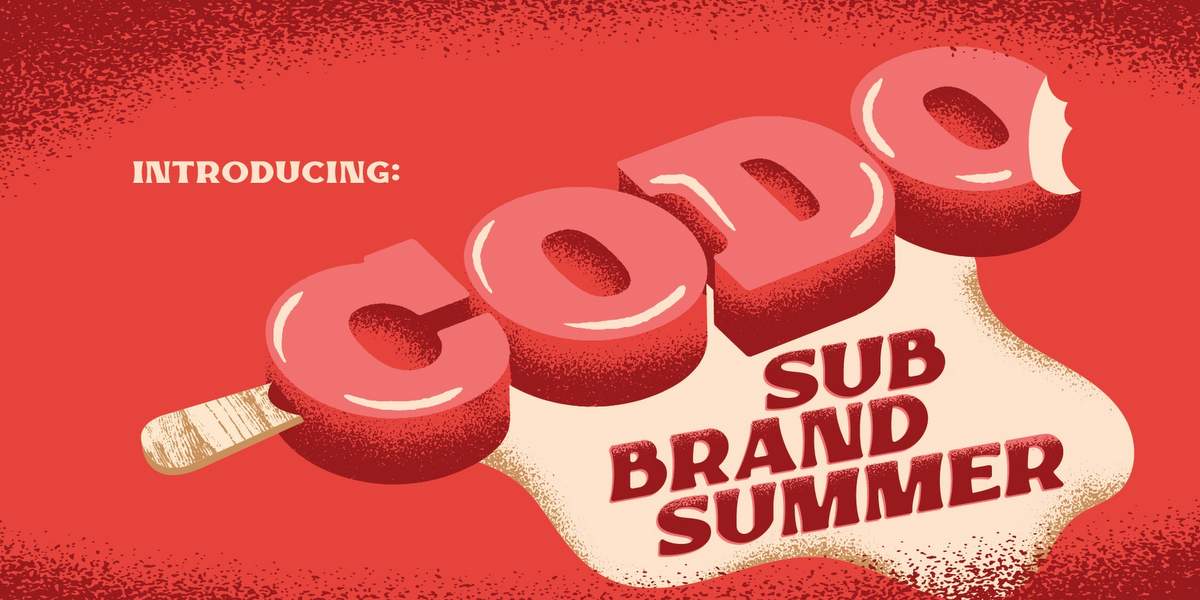
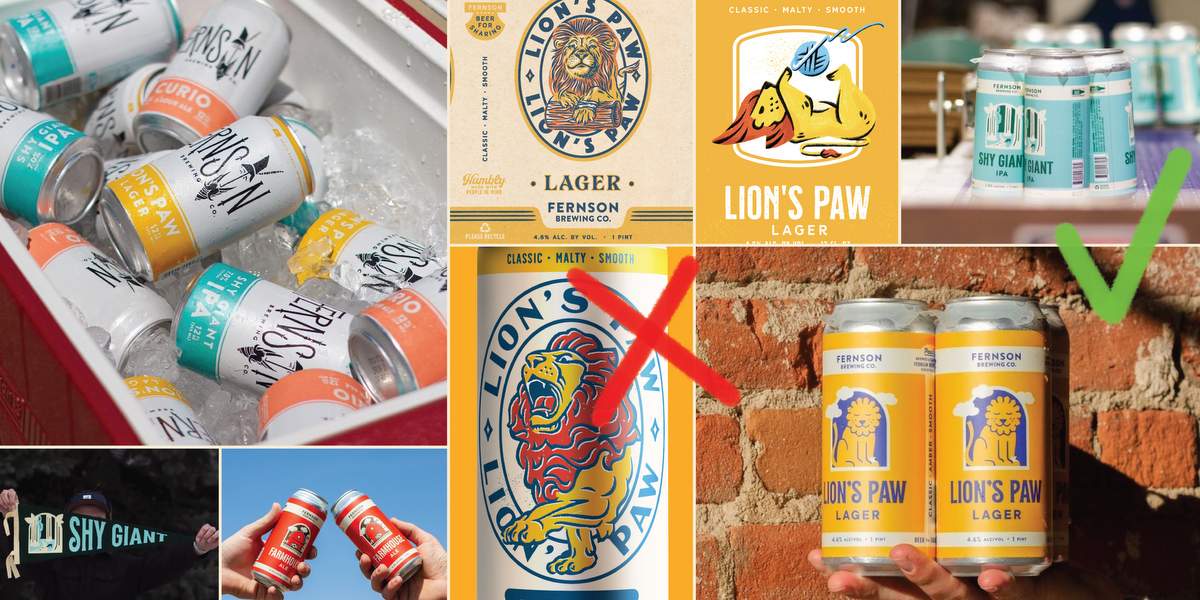
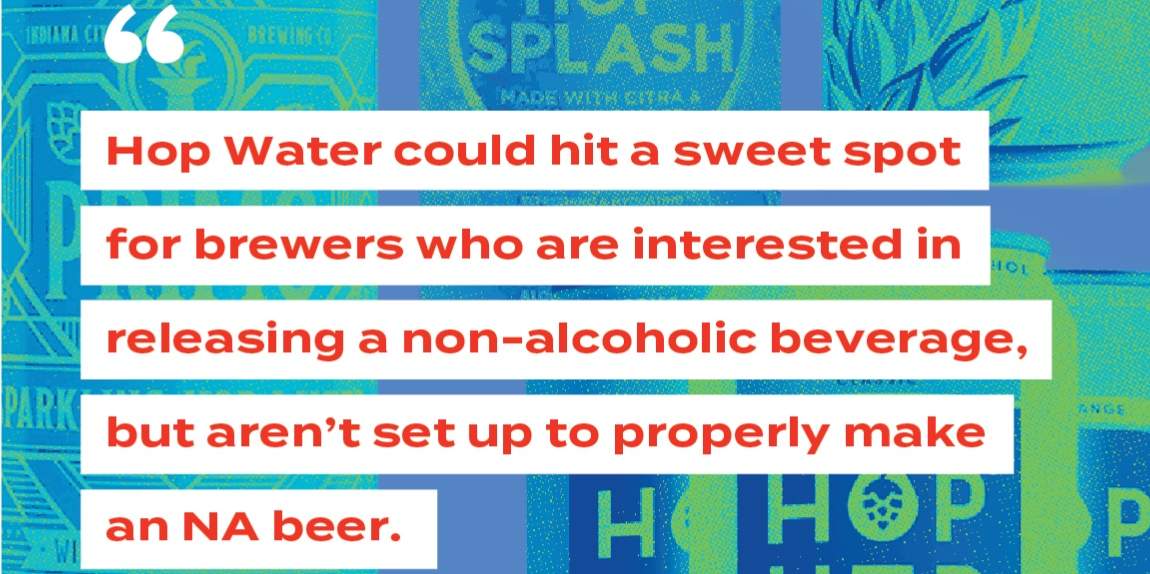
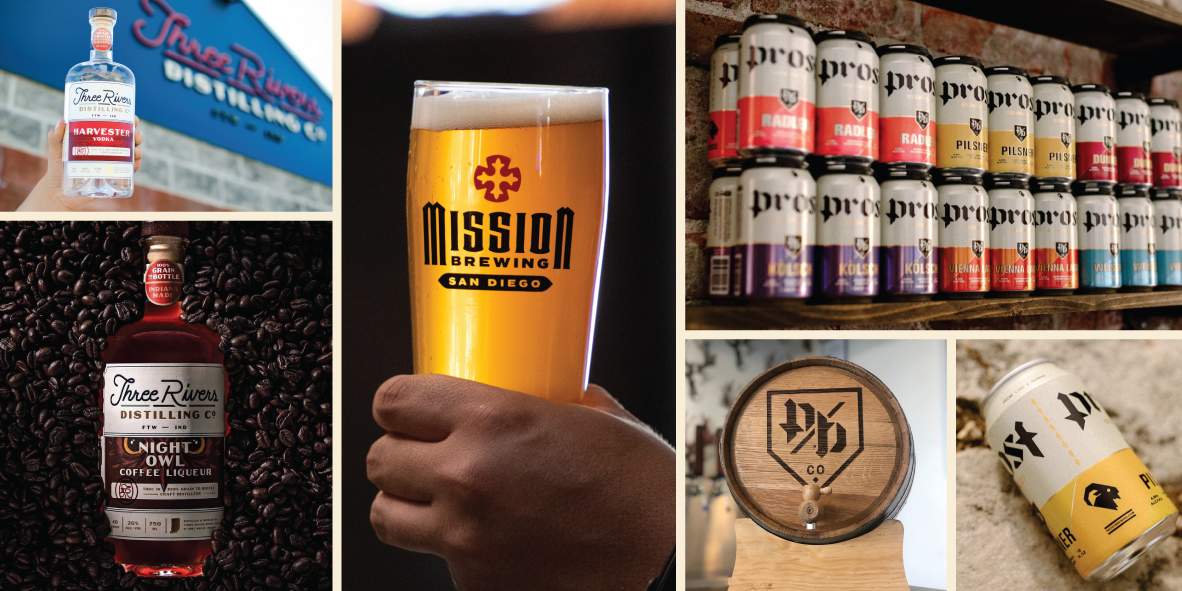

Leave a Reply
You must be logged in to post a comment.